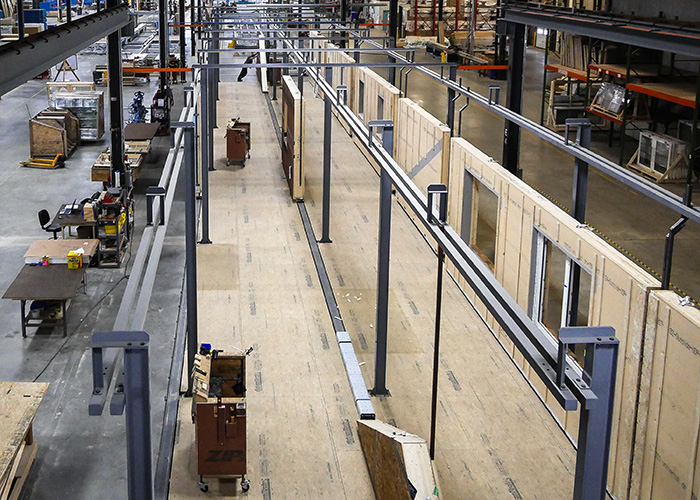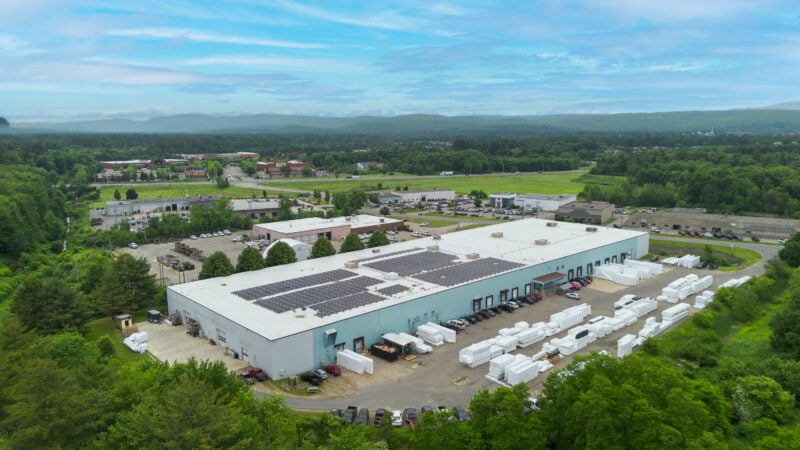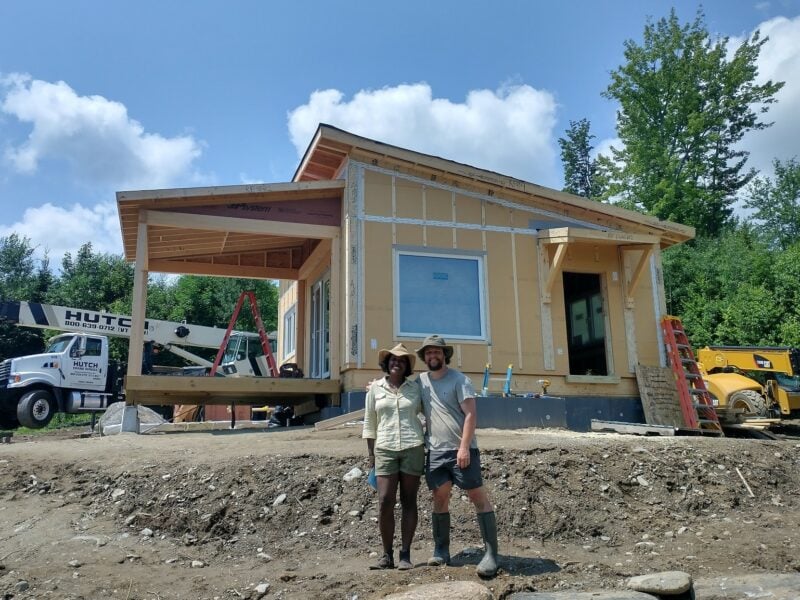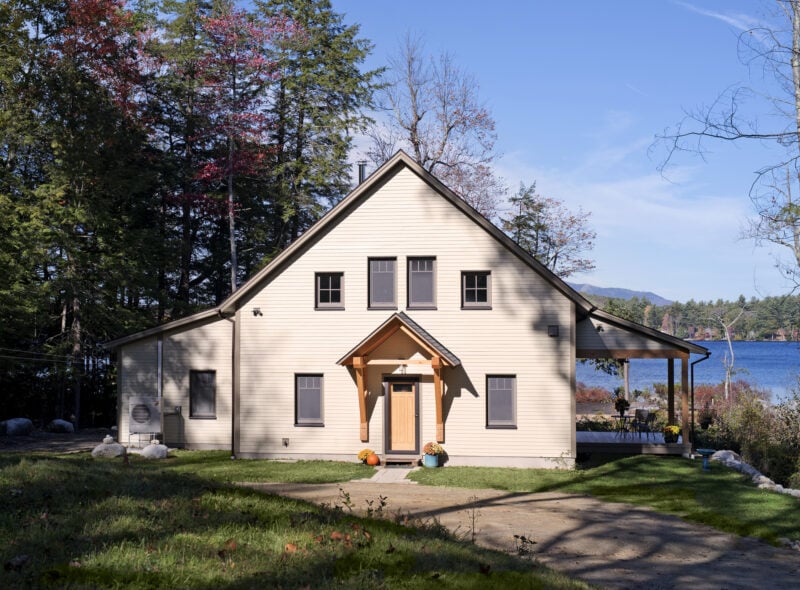Anyone who follows national housing trends knows that insufficient affordable housing and a lack of skilled labor are two of the industry’s biggest challenges. These issues are related because without enough workers to build new homes, housing starts have lagged behind historical norms and current needs. Given the limited options for getting homes built, builders and developers have understandably been focused on more profitable higher-end projects, as opposed to affordable housing.

A recent analysis by Realtor.com found that between 2012 and 2019, about 6 million new homes were built, but nearly 10 million were needed. This gap has contributed to what many are calling an affordable housing crisis.
Headlines about this crisis typically focus on coastal cities like San Francisco, Seattle and New York, where strong job growth and an influx of investment have caused property values to skyrocket. Businesses are taking the crisis seriously: Apple has pledged $2.5 billion to finance housing initiatives in California, Google is investing $1 billion to build 20,000 homes in the Bay Area, and Amazon recently invested $8 million in a modular home company based in southern California. These tech titans are making such investments because they understand that affordable homes located near jobs are essential for their own sustainability, and for the health of the communities in which they are located.
Closer to home, many areas of New England have experienced significant increases in housing costs during the past five years. In Boston, where rising home prices and rents have far-outstripped growth in household incomes, many residents pay more than half their income for mortgage or rent. On Cape Cod, housing affordable for the average worker is in extremely short supply. And in Unity’s own backyard—the Upper Valley region centered around Hanover, NH—the lack of affordable housing is making it difficult for employers to attract and retain workers.
Because the issues surrounding affordable housing are complex, the most effective solutions will be multifaceted. Changes are needed in zoning, in permitting, in financing options, and in public attitudes about affordable housing. Fortunately, good work is being to address these issues by local zoning boards, regional housing authorities, community development organizations, nonprofits such as Habitat for Humanity, and forward-thinking developers.
At Unity, we see off-site construction playing an increasing role in bringing high quality homes to the affordable housing market. As off-site construction becomes more common and companies like Unity scale up, we’ll steadily improve our ability to offer competitive solutions for affordable housing projects.
Many developers of affordable housing already understand the benefits of building high performance homes using off-site methods, including:
- shorter build times
- higher initial quality
- lower operating costs,
- improved durability.
The computer-driven processes and automation in facilities such as Unity’s new factory lend themselves to scale and repetition, which allow for higher volumes at lower costs.
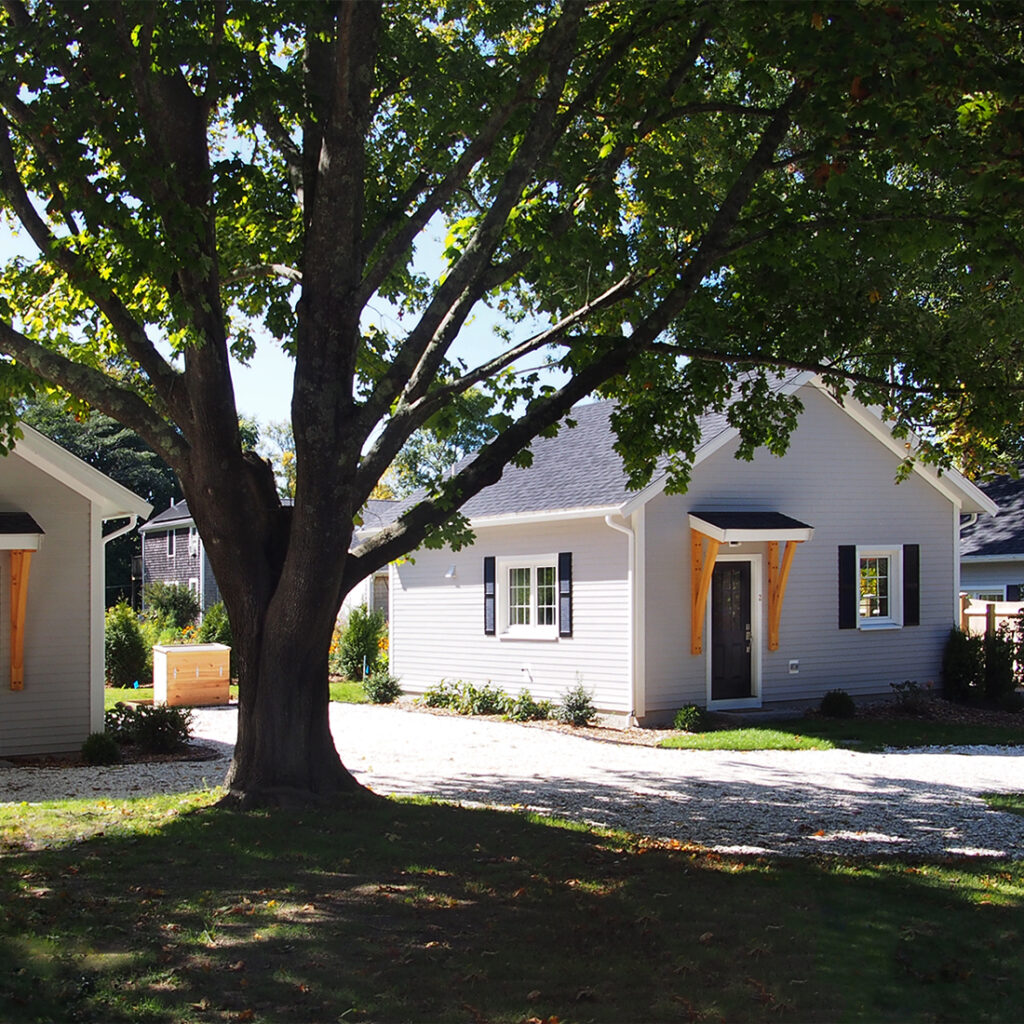
We’re paying attention to the trends, exploring options with affordable housing developers and pursuing opportunities where we can. To date we’ve had the most success in the affordable housing arena with our small-but-mighty Nano platform, although our Xyla and Värm platforms are showing promise as well. A small development of three Nanos on Cape Cod is a great demonstration of the possibilities for addressing workforce housing issues using off-site construction. We look forward to working on similar projects in the coming years.
